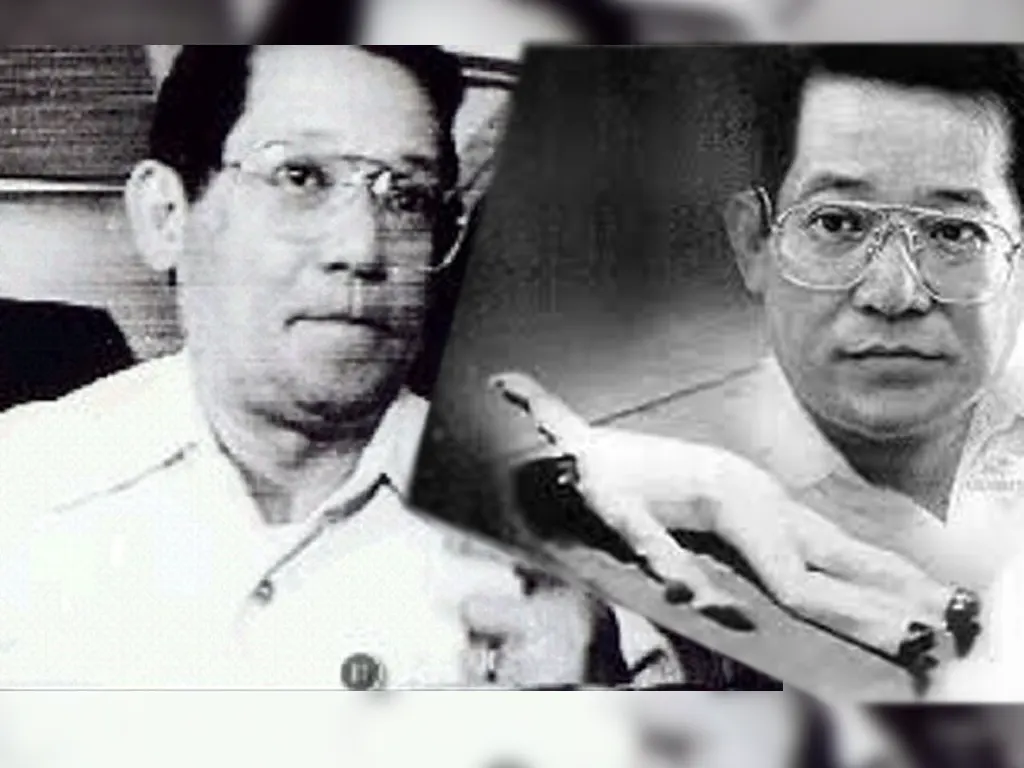
By Jun Burgos
FORTY-TWO years ago today, Senator Benigno “Ninoy” Aquino Jr. was assassinated on the tarmac of Manila International Airport.
It was not just the silencing of a dissident — it was a state-sanctioned attempt to extinguish hope.
Instead, it ignited a movement.
Aquino’s death became a rallying cry for Filipinos long denied freedom (kalayaan), justice (katarungan), truth (katotohanan), and peace (kapayapaan). But the story of how that cry reached the nation — and the world — cannot be told without the journalists and media platforms that risked everything to amplify it.
The Press That Refused to Bow
In the darkest years of the Marcos dictatorship, when censorship was law and propaganda reigned, a constellation of independent media outlets emerged as lifelines of truth.
We Forum, founded in 1977 by Jose Gacusana Burgos Jr. (Tito Boy), published Col. Bonifacio Gillego’s exposé debunking Marcos’s fabricated wartime heroism — a direct assault on the regime’s myth-making. The regime retaliated with a raid and arrests, including Tito Boy, his staff (among them my father), and columnists like Armando Malay, Ernesto Rodriguez, Francisco “Soc” Rodrigo, and Salvador Roxas Gonzales.
From We Forum’s ashes rose Ang Pahayagang Malaya, a daily Filipino-language counterforce to the regime’s narrative. When Ninoy returned in 1983 and was assassinated, Malaya published raw, unflinching accounts that helped a grieving nation make sense of its rage.
Mr & Ms: Courage in Gloss
While Malaya spoke to the masses, Mr & Ms Special Edition, under Eggie Apostol and Letty Jimenez-Magsanoc, brought investigative journalism into middle-class homes. What began as a lifestyle magazine transformed into a weekly chronicle of resistance — printing what mainstream dailies wouldn’t dare.
Its pages documented human rights abuses, corruption, and the growing unrest. It gave voice to civil society, the Church, and the opposition. In many homes, Mr & Ms was the only publication that told the truth.
The Airwaves of Defiance
Print wasn’t alone. Radio became a battleground.
Radio Veritas, the Catholic Church’s station, played a pivotal role during the 1986 People Power Revolution. It broadcast real-time updates, mobilized crowds, and defied military threats. When Veritas was silenced, Radyo Bandido — led by June Keithley and Fr. James Reuter — took over, transmitting from a secret location and keeping the resistance alive.
These stations weren’t just reporting history — they were shaping it.
Legacy and Lessons
After the revolution, many of these platforms evolved. Mr & Ms gave rise to the Philippine Daily Inquirer. Malaya transitioned into Malaya Business Insight. The legacy of Radio Veritas and Radyo Bandido lives on in the enduring belief that media can be a moral force.
But as the old guards of fearless journalism pass on, a haunting question remains:
Who will carry the torch?
In today’s landscape of disinformation, troll farms, and algorithmic distortion, historical revisionism thrives.
A former dictator — whose regime saw thousands tortured, imprisoned, and killed — is now being recast as the “best president the Philippines ever had.”
Social media platforms, weaponized by propaganda networks, have turned lies into trending truths. This is not just a distortion of memory. It is a betrayal of those who died for democracy.
To honor Ninoy is to honor the journalists and media institutions that carried his voice. They weren’t passive observers. They were architects of resistance. In every honest word, they fought for a nation worth dying for — and living for.
Now, it’s our turn.



